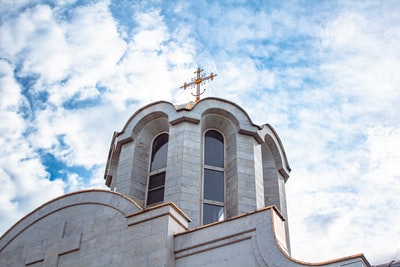Dynamic Equilibria

A + B ? C + D
In this reaction the rate of forward reaction decreases while the rate of reverse reaction increases. In the end a stage will be reached at which both the forward reaction and the reverse reaction are occurring at the same rate. The reaction has now reached dynamic equilibrium.
- Dynamic refers to the fact that the reaction has not stopped but instead is moving in both direction at the same rate.
- Equilibrium refers to the fact that the amount of reactant and product within the system is not changing.
Static equilibrium, on the other hand, is where there is no movement in either direction. However, in general, chemical equilibria are dynamic as opposed to static.
In theory, it is possible to reverse all reactions. However, in practice many are not thought to be reversible. Sometimes the reverse reactions are simply insignificant while in others they are not allowed to be done.
——————————————————
Open and closed systems
In a closed system the reactants and the products cannot escape. Both forward and reverse reactions are allowed to continue until dynamic equilibrium has been attained. Therefore, in theory, all closed system reactions are reversible. However, this is only considered the case if both the forward and reverse reactions happen at a significant rate.
In an open system the reactants and the products can escape. For example, a fume cupboard is an open air system. As soon as the products are made they are removed which means that the reverse reaction is not allowed to happen and dynamic equilibrium cannot be reached. Instead, the reactions are left to continue until all have been converted into products. Nearly all reactions which occur in an open system are irreversible.